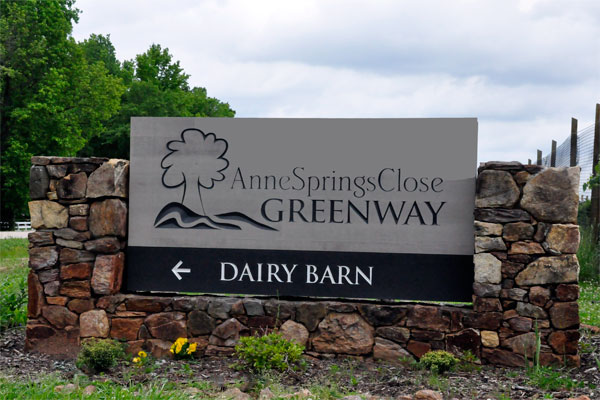 |
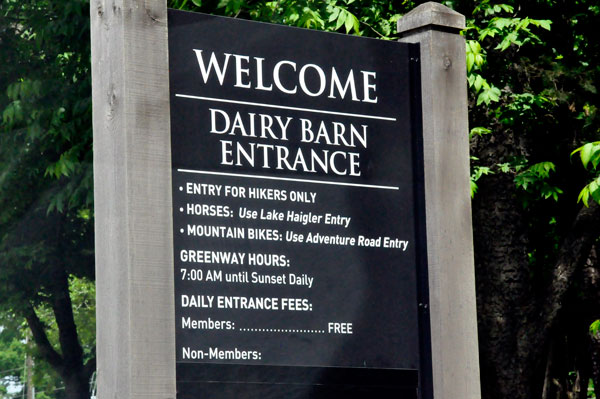 |
Below: Four different views of above The Dairy Barn. |
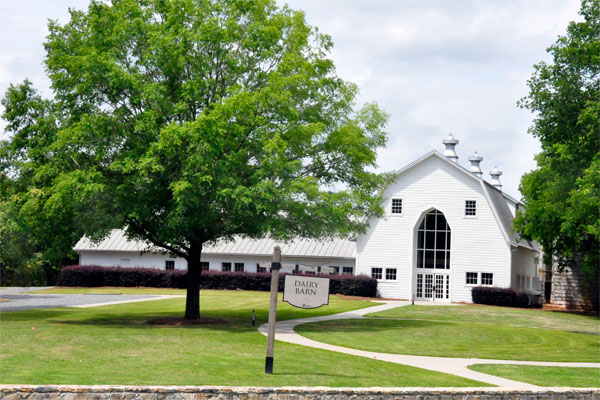 |
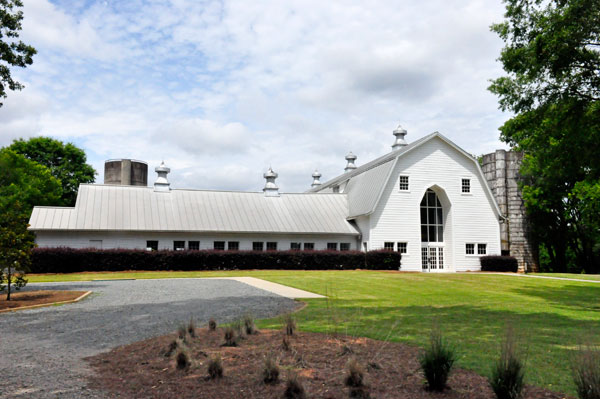 |
The Dairy Barn was built in 1947 and has been renovated to provide a warm and enchanting venue for indoor/outdoor wedding ceremonies, receptions, corporate retreats, company picnics and more. In all seasons and weather, the Dairy Barn is a strikingly beautiful setting for any event. It accommodates 340 guests standing and 280 guests seated inside. There is also an outdoor patio area that can be tented and will accommodate an additional 200 people seated. The Upstairs loft accommodates up to 300 people seated for ceremonies and is handicap accessible.
Quote from: https://www.ascgreenway.org/about/venues/dairy-barn/ - where more information can be obtained. |
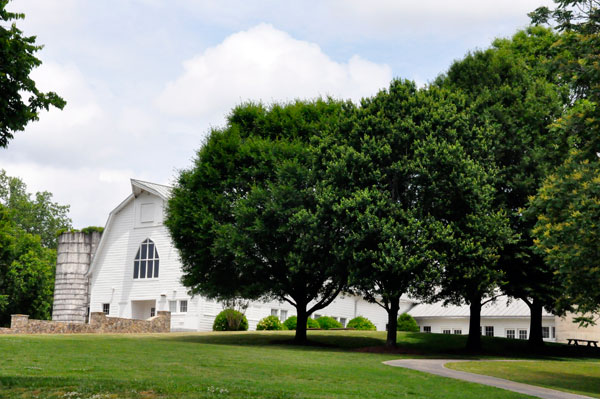 |
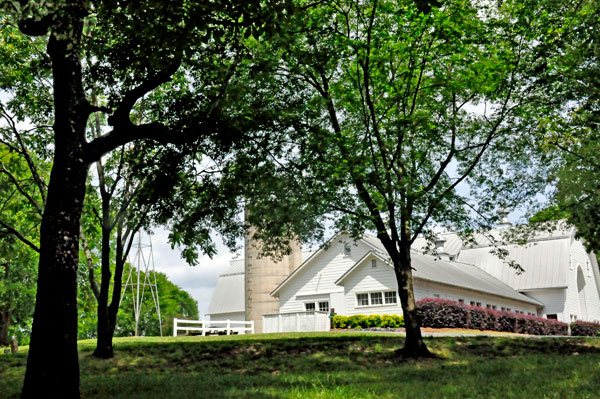 |
Below: Windmill by The Dairy Barn |
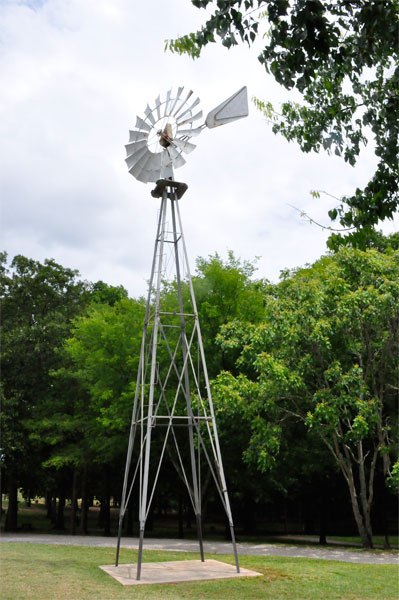 |
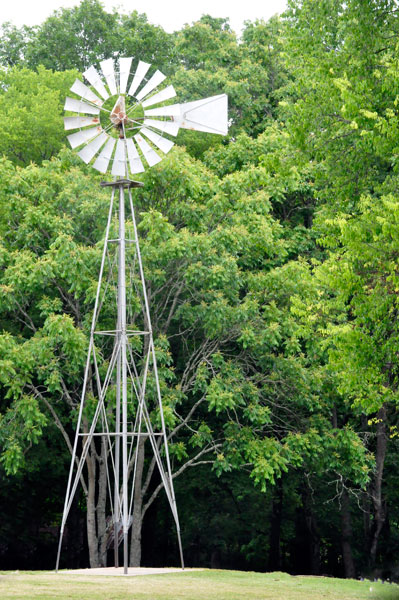 |
Below: The two RV Gypsies walked down the path near the Dairy Barn and saw several inspirational messages from The Fort Mill Rotary Club. |
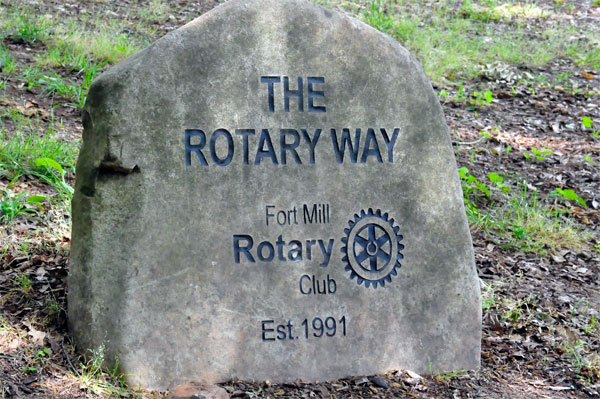 |
 |
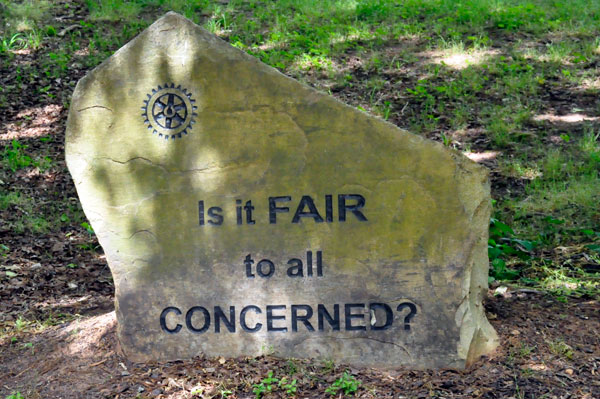 |
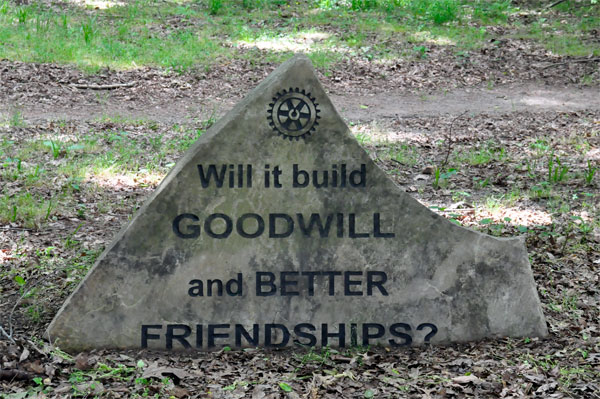 |
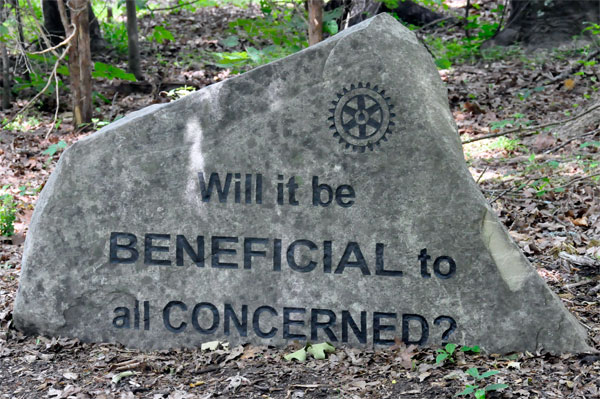 |
Below: The beginning of the trail |
Below: Restrooms |
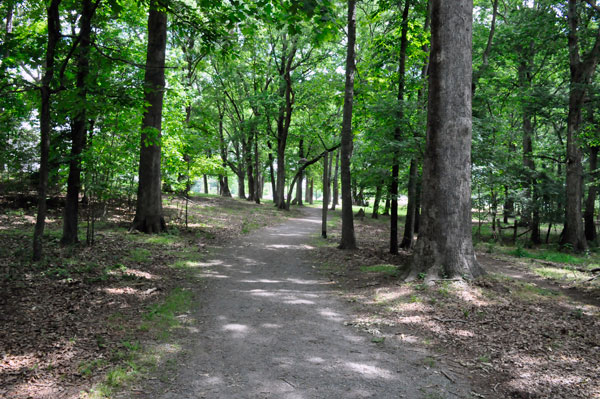 |
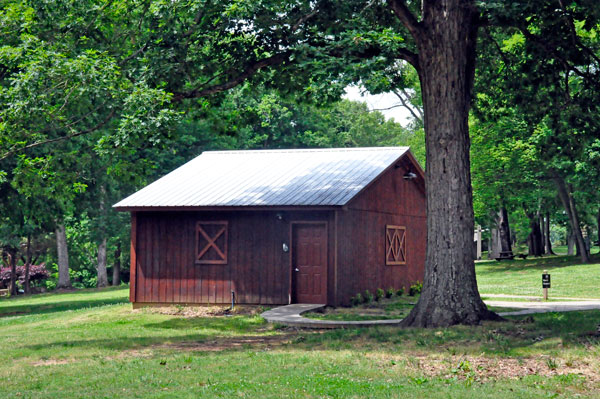 |
From the Dairy Barn entrance, the two RV Gypsies took the short, half-mile, paved Historic Solid Surface Loop trail from the parking area to an overlook of Steele Creek pass an amphitheater, a couple of historic cabins and some farm animals. |
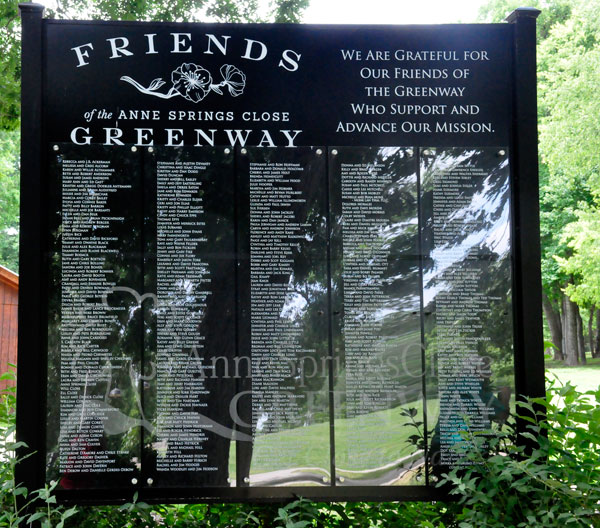 |
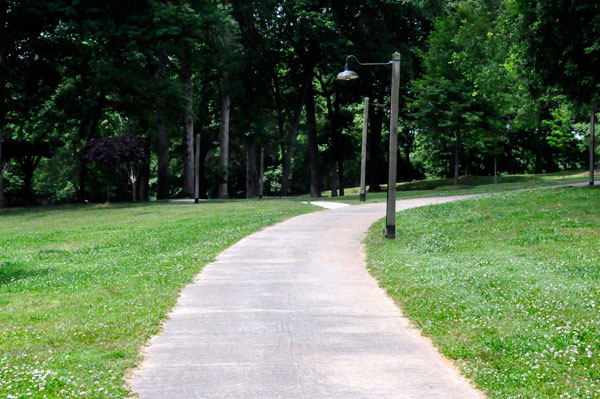 |
Ga Ga Pit |
|
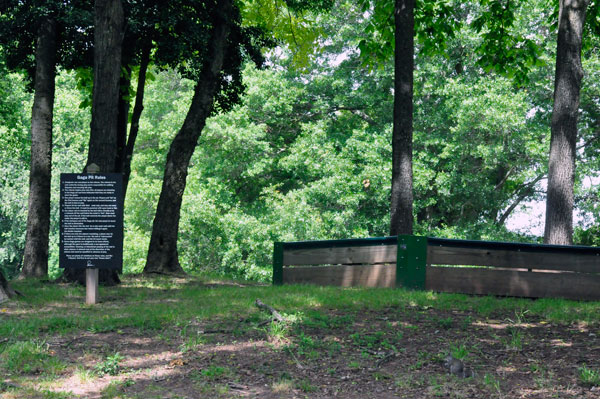 |
 |
Below: The Amphitheater can house a wide variety of events including weddings, field trips, and concerts. The site takes advantage of the natural canopy comprised of Douglas Fir timbers and natural Tennessee fieldstone. |
|
|
 Below: The Greenway is home to two historic cabins. The two RV Gypsies explored one of the cabins, plus the Faires Coltharp Cabin, which was the home of two Civil War Veterans. One died during the war and the other returned home. Below: The Greenway is home to two historic cabins. The two RV Gypsies explored one of the cabins, plus the Faires Coltharp Cabin, which was the home of two Civil War Veterans. One died during the war and the other returned home.
This cabin was originally built by Jesse Faires in about 1814 about three miles from this location. The cabin was moved to this spot in 1994.
Jesse's parents, Alexander and Jennet Faires, traveled here on horseback on the Great Philadelphia Wagon Road or Nation Ford Road from Pennsylvania in 1776.
Jesse's son, John, marched off to the Civil War from this cabin and died in Virginia, leaving his wife Esther Jane. After the war, Jane married a neighbor, Josiah Coltharp, who had walked to the Nation Ford Road home from the Confederate surrender at Appomatox. |
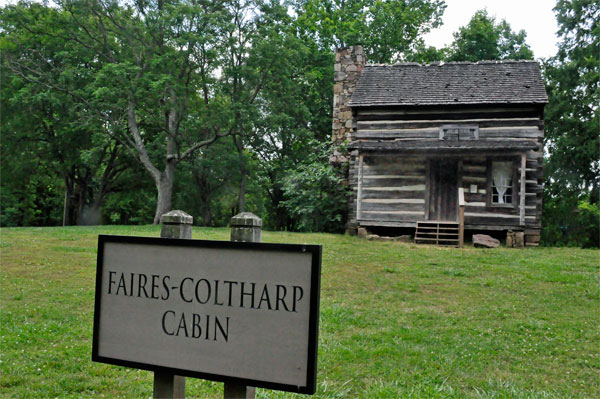 |
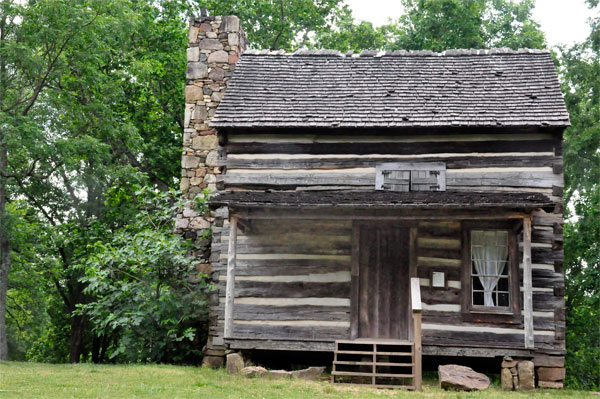 |
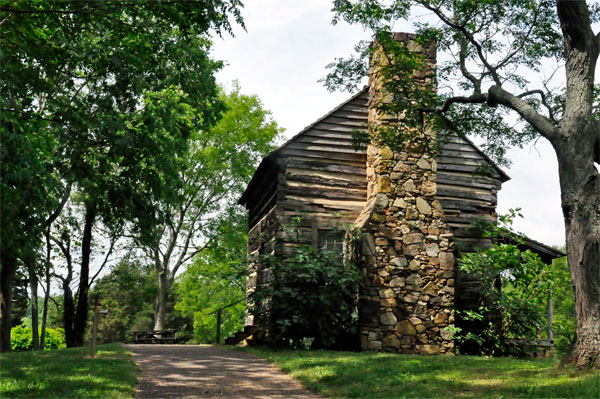 |
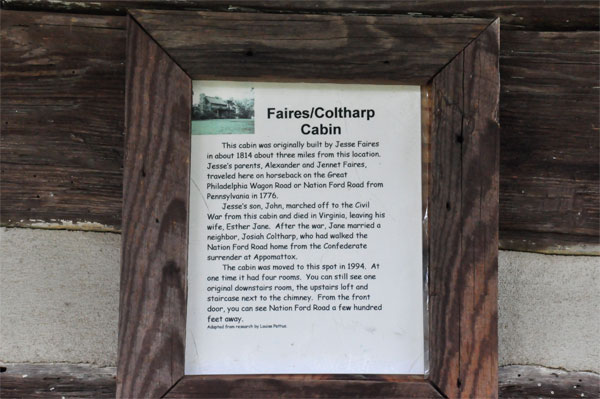 |
Below: From the front door of the Faires Coltharp Cabin, the two RV Gypsies saw a portion of the Nation Ford Road just a few hundred feet away, plus a sign for the Great Philadelphia Wagon Road which was the most important frontier road in the state's western Piedmont during the eighteenth century. |
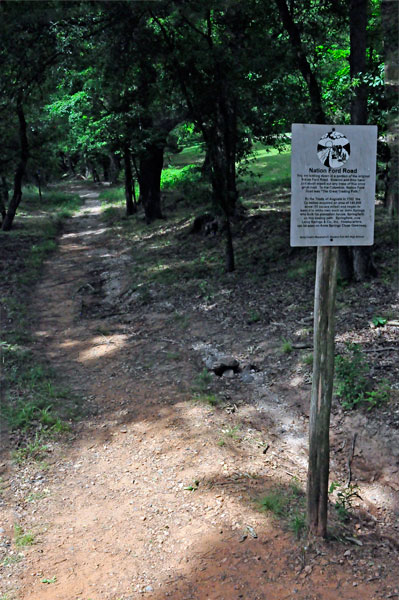 |
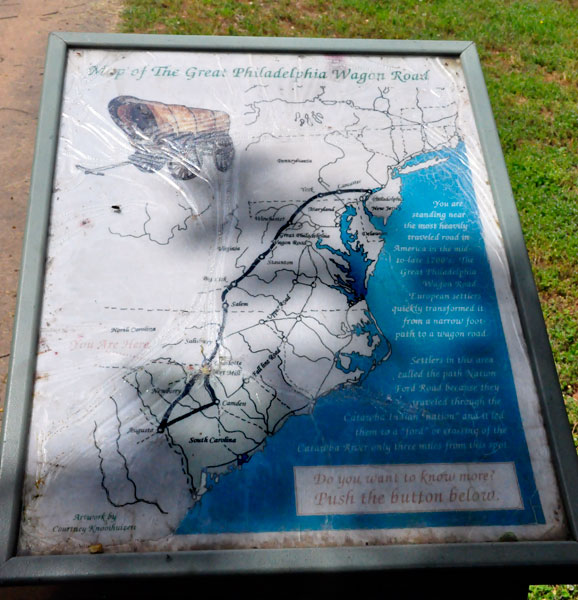 |
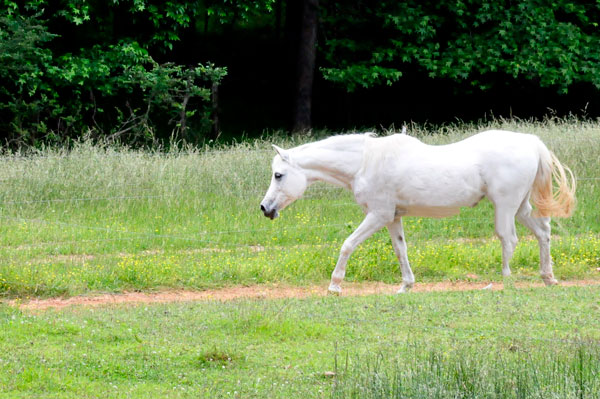 |
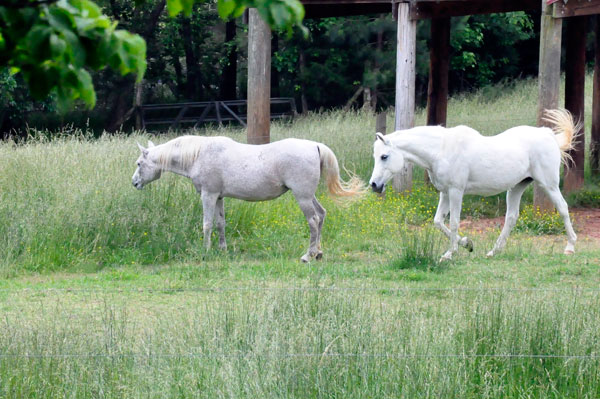 |
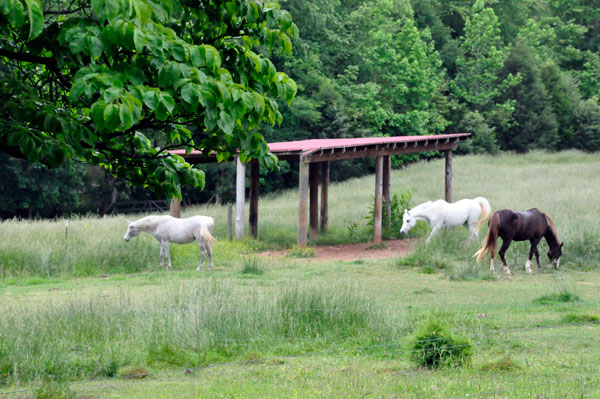 |
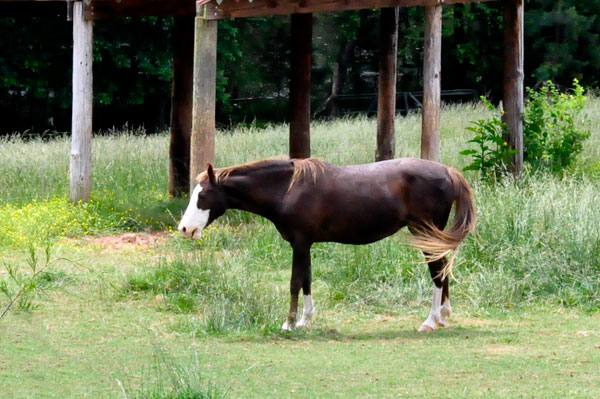 |
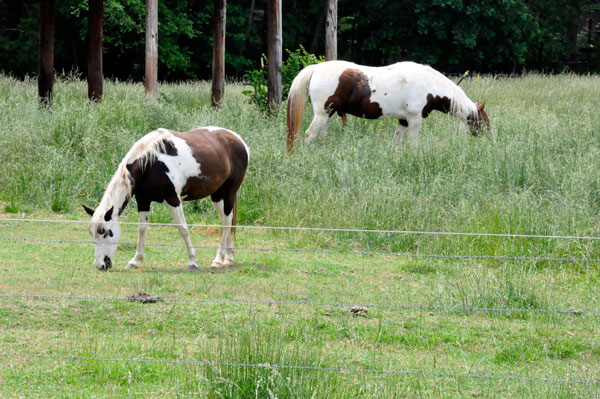 |
 |
|
|
Below: This log house was the ancestral home of the world's most famous evangelist, Billy Graham. It was the home of his grandfather, W. Crook Graham, a well-known Fort Mill citizen and Confederate veteran.
In his autobiography, Just As I Am, Billy Graham describes his grandfather, William Crook Graham, as "a hard-drinking, hard-cursing veteran whose service with the Sixth South Carolina Volunteers left him with a Yankee bullet in his leg for the rest of his life." But he was an honest man. Billy Graham continues: "His eleven children all grew up to be deeply religious, and a number of his grandchildren became preachers - I being the first."
Billy's great-uncle, Robert Graham, also a Confederate veteran who lost his leg in the war, earned the name "Peg-Leg" Graham. He was known in this area as a colorful character.
This log house, built around 1780 from American Chestnut trees, was moved to the Greenway in 1999 from its original location on Highway 160 about two miles from here. It was lived in with many modifications for about 200 years.
Above quote from https://readtheplaque.com/plaque/billy-graham-s-grandfather-s-house |
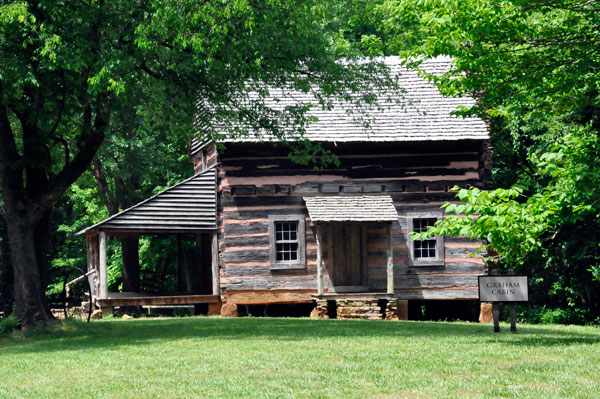 |
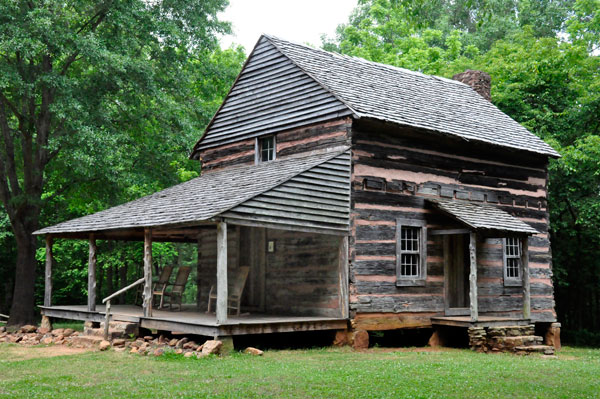 |
Steele Creek flows through the Greenway. The Swinging Bridge crosses where Lord Cornwallis brought his troops across on his way south from Charlotte. Below: Steele Creek flows through the Greenway, but it was hard for the two RV Gypsies to get any good photographs on this date. |
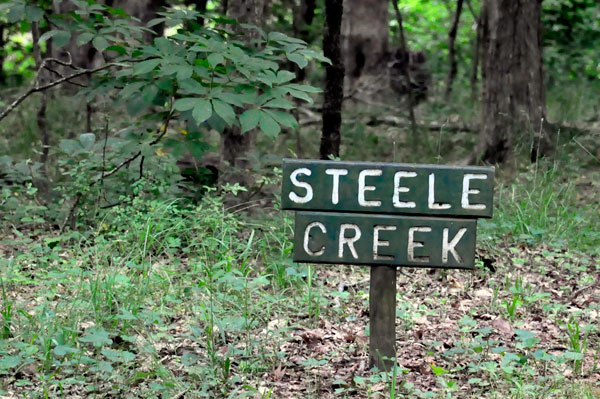 |
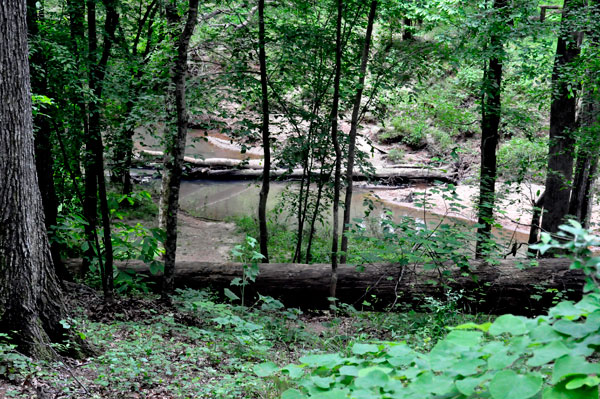 |
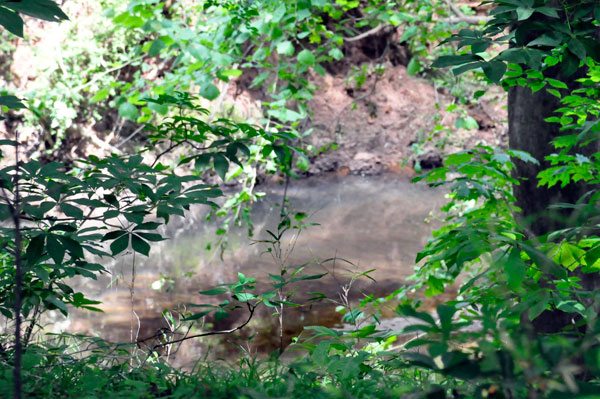 |
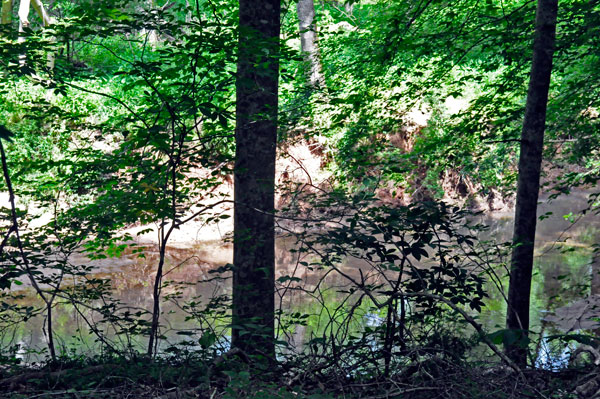 |
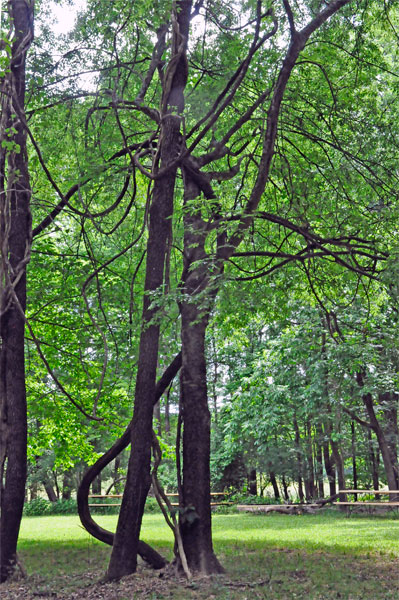 |
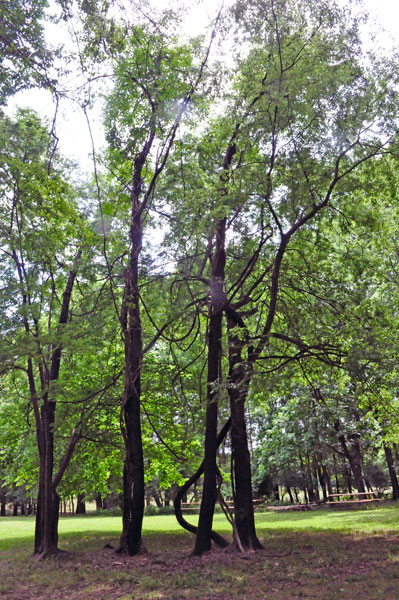 |
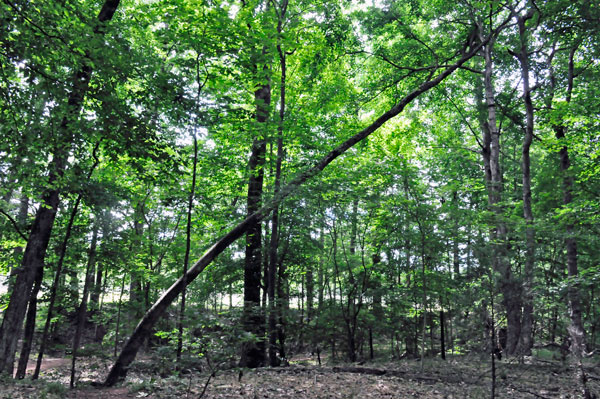 |
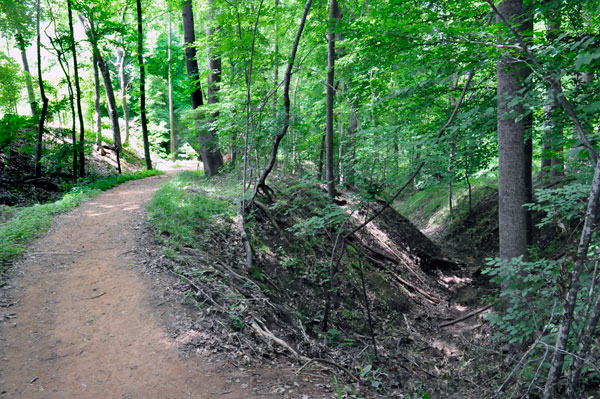 |
 |
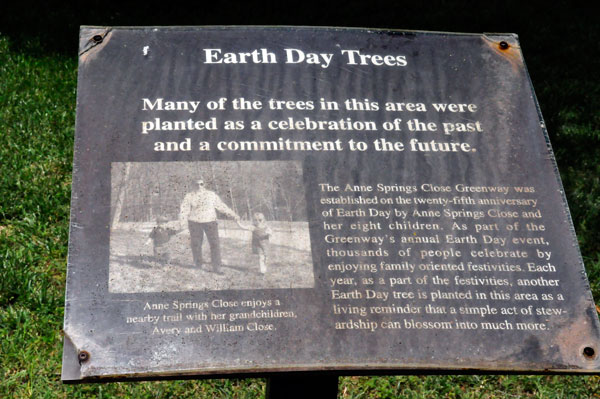 |
The two RV Gypsies walked on a gently swaying bridge secured in place by ropes with a slat floor making it easy to see the water running beneath. The 125-foot bridge is a highlight of the Greenway, and although it sways quite a bit, it is not very high above the ground. The two RV Gypsies have been on 18 other suspension bridges (so far) throughout the USA and Canada, most longer and higher than this one. They are all posted on this website - to see these use the TOC button above, click on Sand scroll down to the Suspension bridge list. |
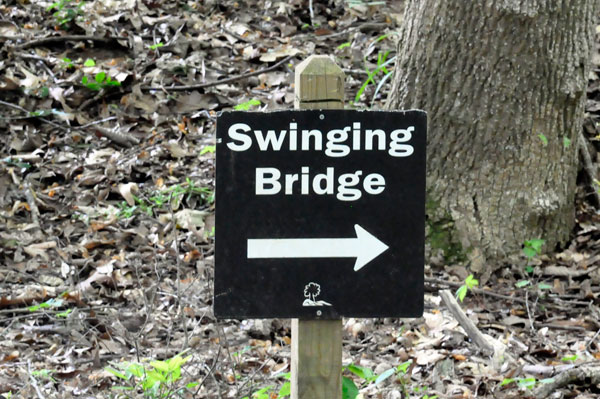 |
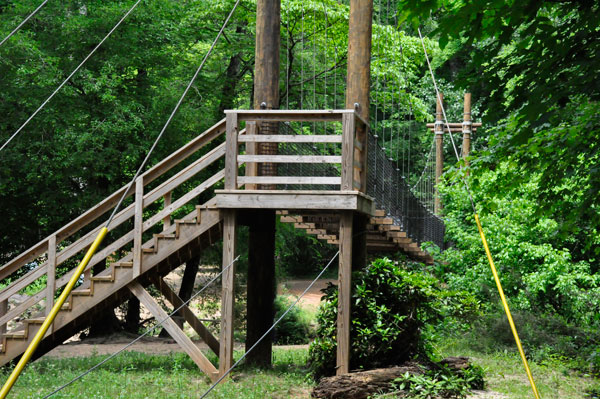 |
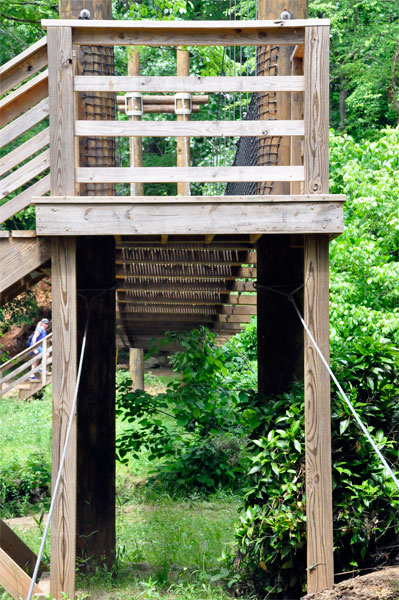 |
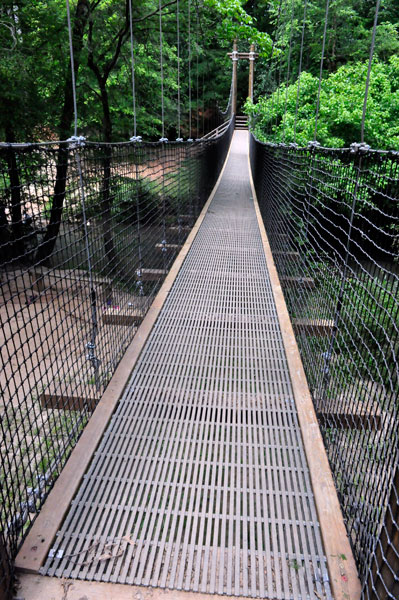 |
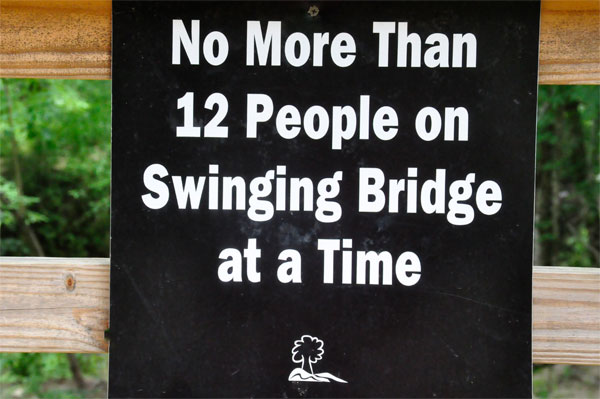 |
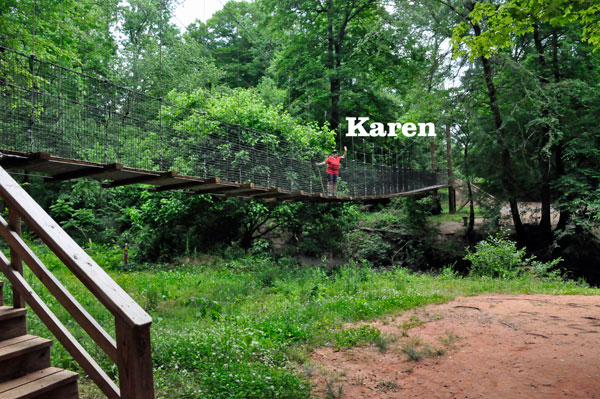 |
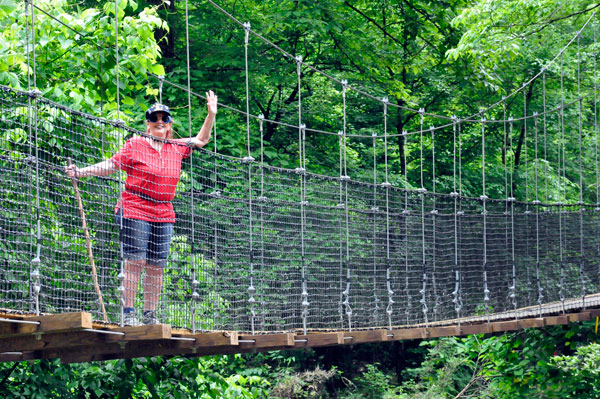 |
Below: The two RV Gypsies on the Swinging Bridge |
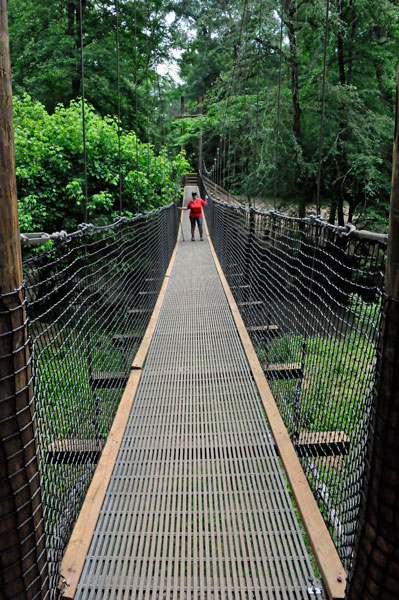 |
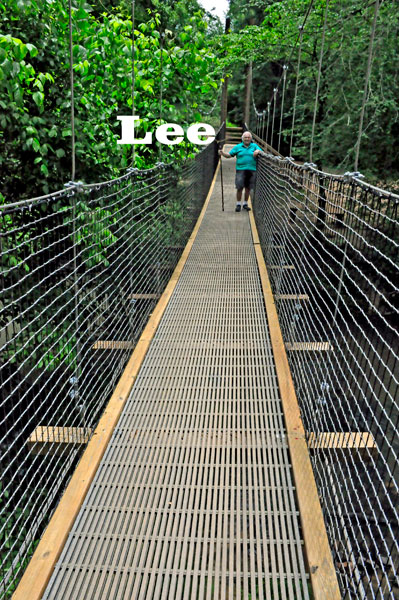 |
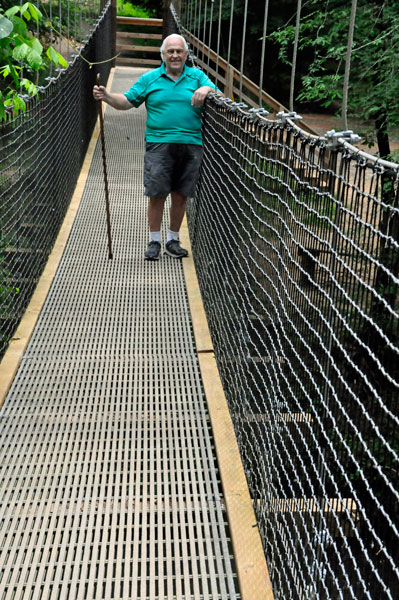 |
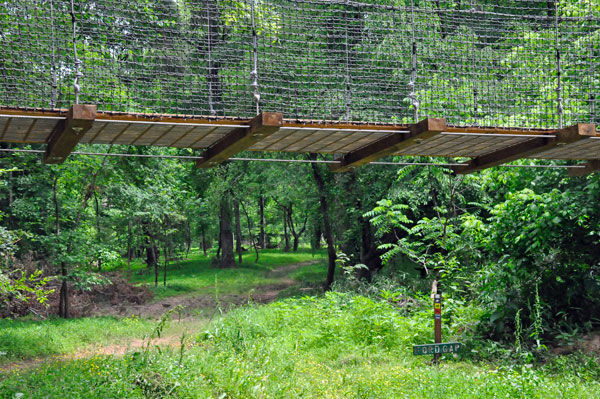 |
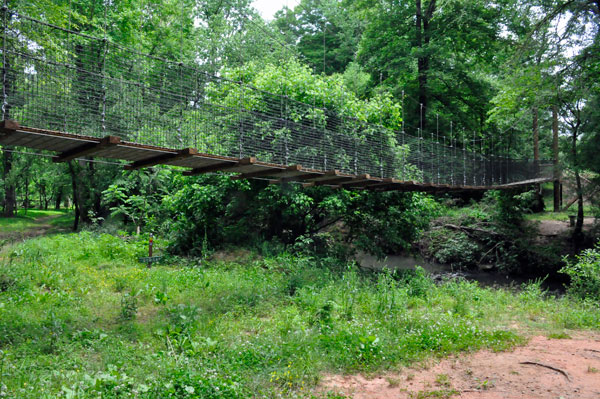 |
Below: Views of Steele Creek from each side of the Swinging Bridge |
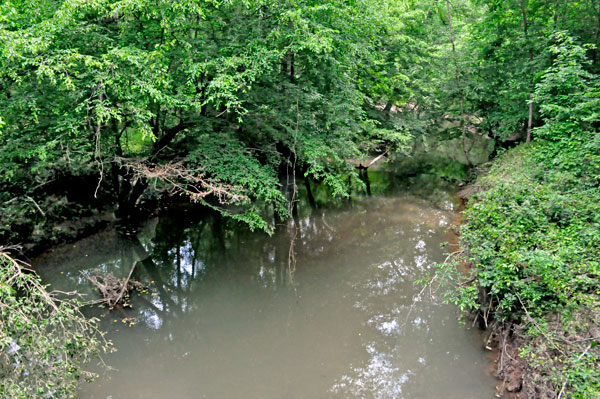 |
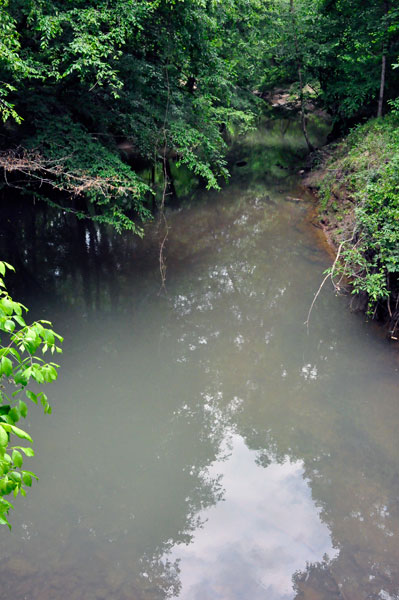 |
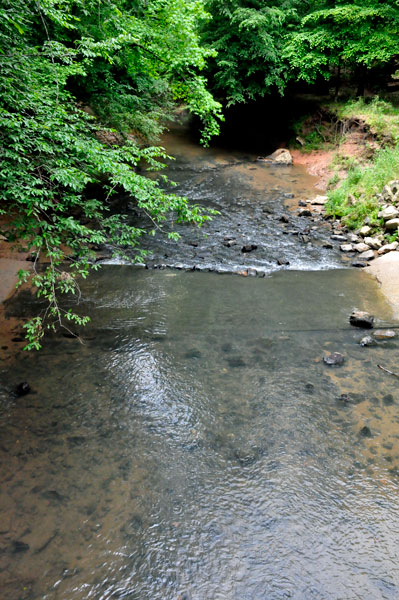 |
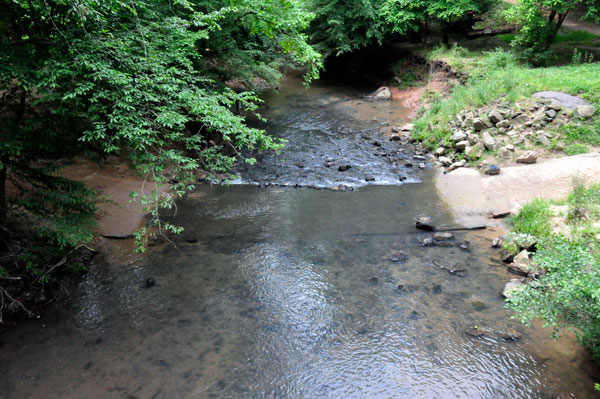 |
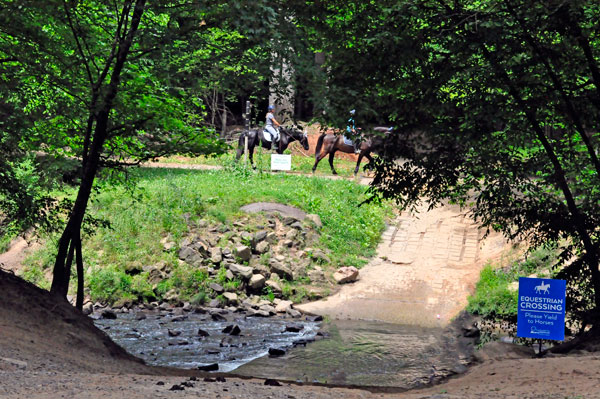 |
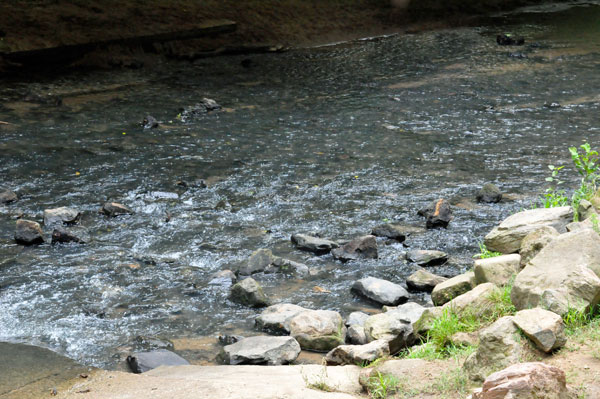 |
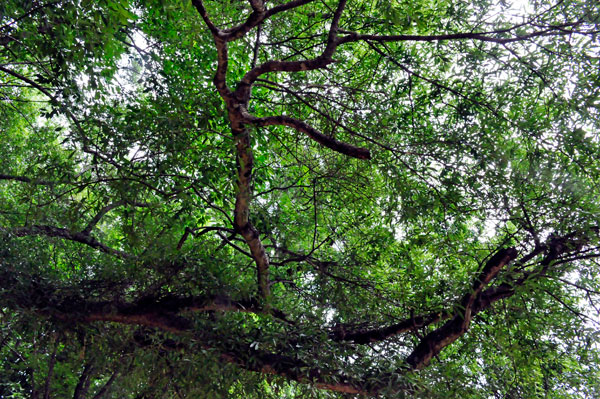 |
Below: The donkeys were
too far away so Karen Duquette only got to photograph donkey butts. |
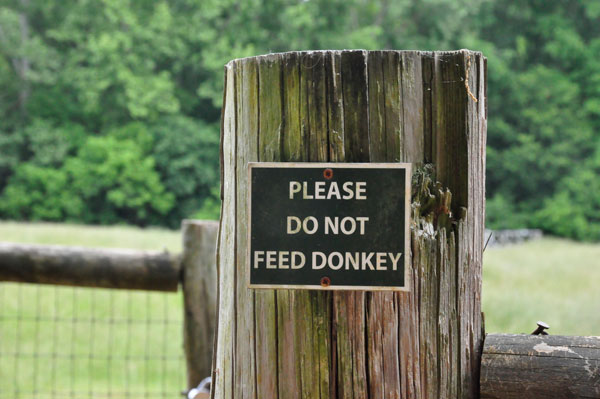 |
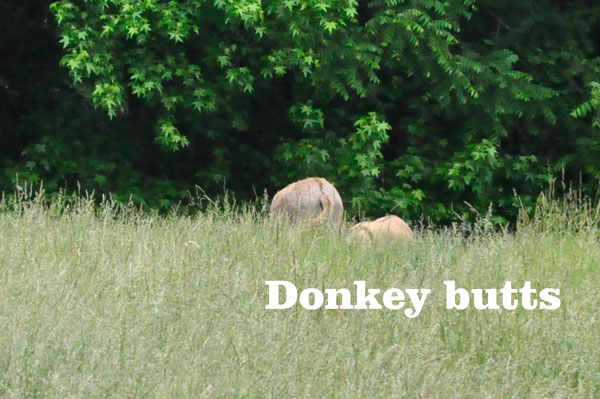 |
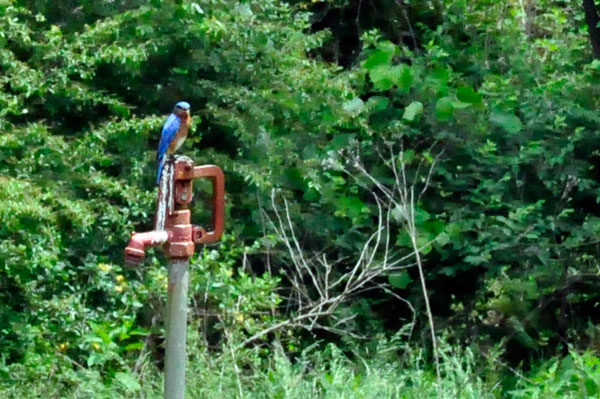 |
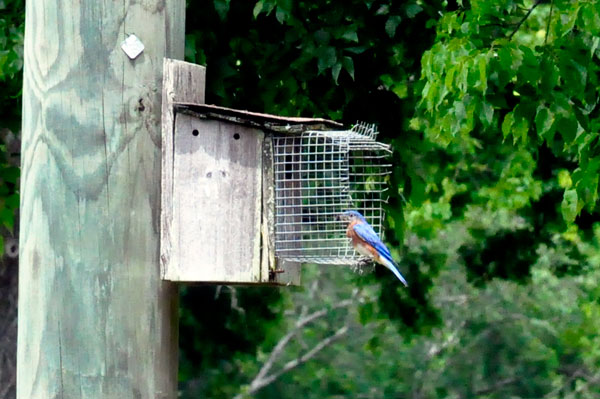 |
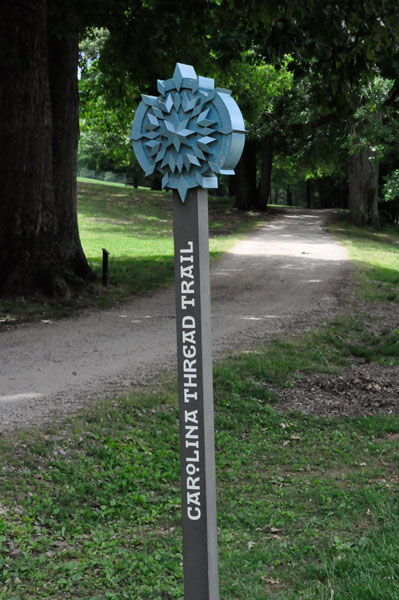 |



















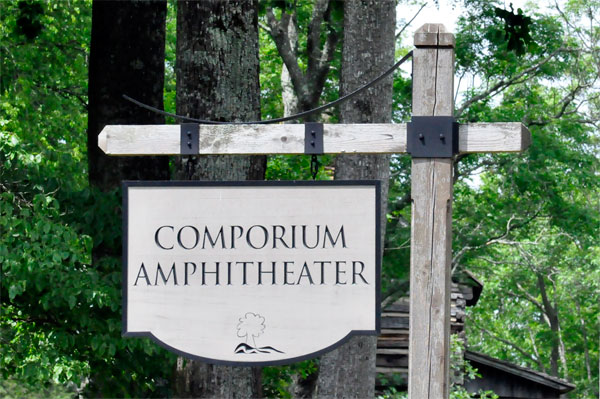
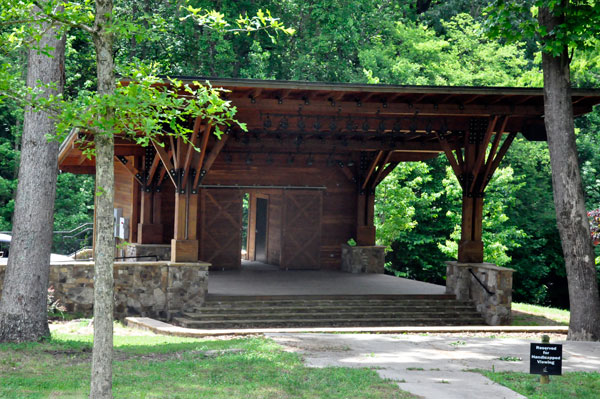












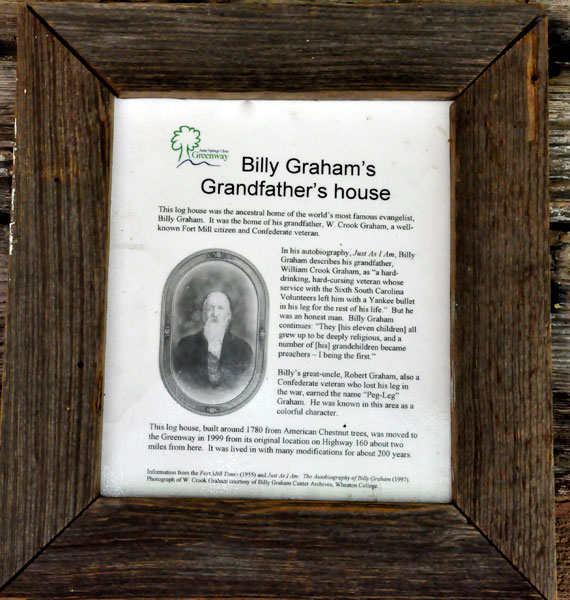
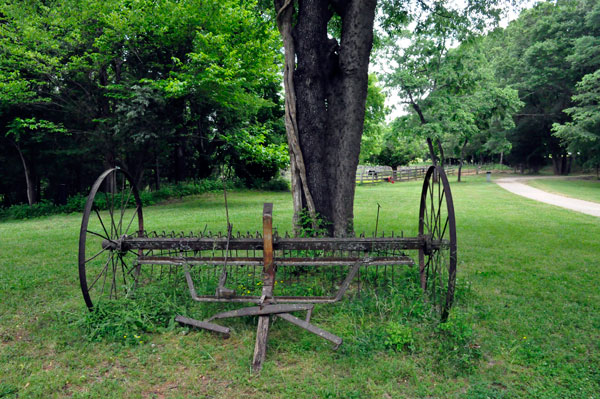




































 Below: The Greenway is home to two historic cabins. The two RV Gypsies explored one of the cabins, plus the Faires Coltharp Cabin, which was the home of two Civil War Veterans. One died during the war and the other returned home.
Below: The Greenway is home to two historic cabins. The two RV Gypsies explored one of the cabins, plus the Faires Coltharp Cabin, which was the home of two Civil War Veterans. One died during the war and the other returned home. 
 Continue on in order to
Continue on in order to 























